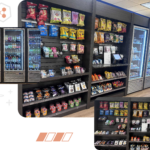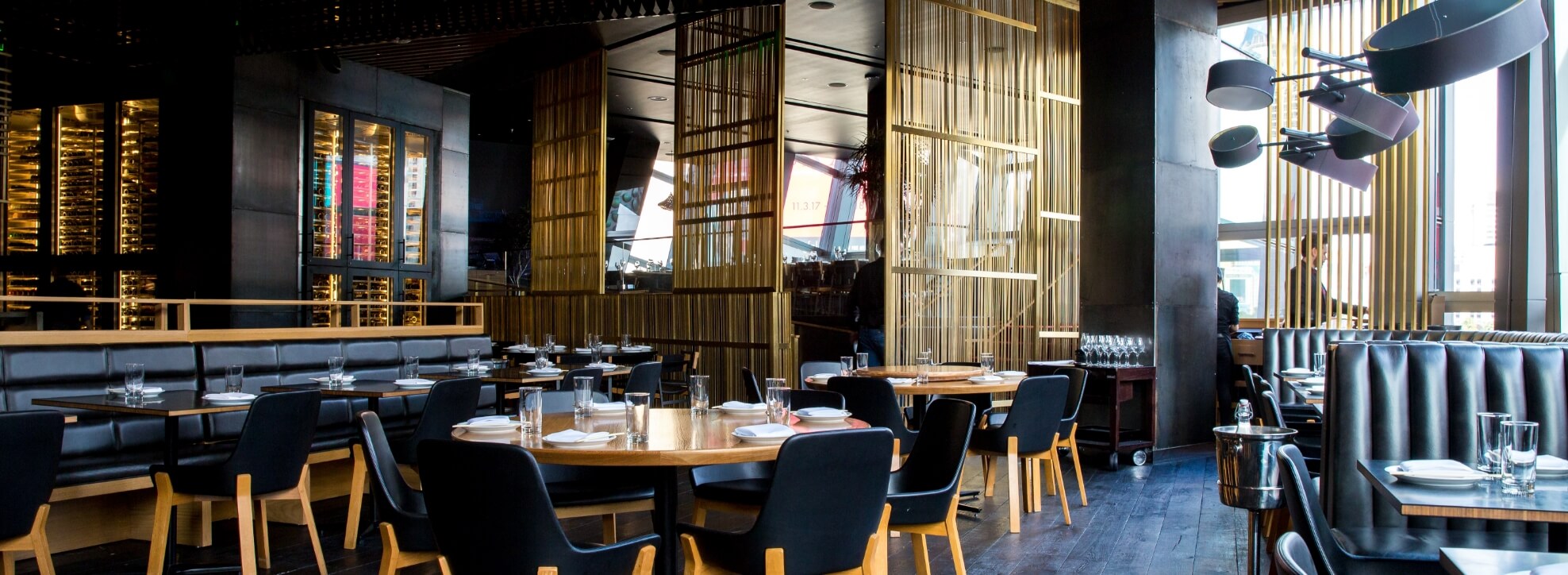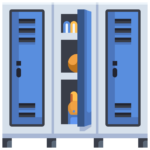Nearly a century ago, the McDonald brothers invented the Speedee Service System and revolutionized the F&B industry.
Now fast food is ubiquitous all around the world, but technology has evolved by leaps and bounds. Now, the next evolution of fast food is here in Complex Quick Service Restaurants.
Quick service restaurants, also known as QSRs, are popular restaurants that provide relatively cheap food quickly and efficiently. Ever since its inception, fast food restaurants have become a staple in cities all over the world.
As of 2021, there are more than 196,000 QSRs in the United States.
However, restaurant owners are quickly accommodating to shifts in technology to help create a better experience for their customers. With mobile devices, customers are now gaining several other benefits.
In this article, we’ll tell you 10 benefits of QSR and why it is revolutionizing the restaurant industry.
Keep reading to learn more.
1. Customers Have More Control Over Their Food
When customers control the entire ordering experience from beginning to end, they gain more satisfaction. Many people enjoy being able to order ahead of time without speaking to any workers at the restaurant.
One interesting fact is that even though little to no human interaction actually happens, most customers will actually rate customer service higher in QSRs that have kiosks or provide online ordering.
2. Full Customization With Little Hassle
Before customers were able to order on their own through the use of a kiosk or other mobile device, customizing orders was complicated. Now, customers can customize their order down to the last condiment with ease.
Take a look at Panera. Panera is a QSR that introduced the kiosk to cut down waiting times during peak hours. They added a customization factor to the kiosk, and as a result, their customer experience ratings shot through the roof.
Now, Panera is one of the “kings” of fast, easy, and customizable ordering so that people can spend more time eating and less time waiting.
3. Less Chance for Human Error
When it comes to the food industry, one of the most frustrating problems for customers is when the restaurant gets their order wrong. Many times, this is due to human error, whether it’s from a waiter or cashier writing down the wrong thing, or a miscommunication with handwriting.
With unassisted sales through quick service menus, the ordering power is fully in the customer’s hands. They choose exactly what they want and are given the opportunity to check their order. They can always correct their own order before paying.
4. Digital Menus Are Dynamic
Long gone are the days when paper menus or static signage need to be updated throughout the day. Digital menus can easily be updated throughout the day.
Kiosks and digital menus can easily be updated straight to the customer. This is useful when certain items run out of stock or if a new item needs to be added to the menu.
5. Unassisted Sales Reduce Perceived Wait Times
No one likes waiting for a long time when they’re hungry. When they enter a QSR, they expect to have their food ready quickly and as seamlessly as possible. If any issues lead to longer wait times, their view of the restaurant can quickly be impacted negatively.
Ordering from kiosks or mobile devices not only cuts down time waiting in lines but also speeds up the ordering process by automatically sending the order to the kitchen.
From the customer’s point of view, the amount of time it takes to get that first bite of a meal is significantly cut down, leading to happier customers.
6. Reduce Labor Costs
Installing self-ordering kiosks can also cut down on labor costs. A large part of QSR restaurant workers’ time is taking orders from customers. With that being taken care of, they are free to give more care to the food service. For businesses, this can help cut down on costs.
7. Offers a Safer Ordering Experience
The pandemic has changed the food and beverage industry drastically. One aspect is that customers expect to come into a safe, clean environment with as little contact as possible.
Contactless self-service systems allow diners to have a safe dining experience by not having to contact any employees. They can scan QR codes and even pay right from their phones.
8. Paperless Menus
By using contactless menus, fast casual restaurants can save on certain costs while helping the environment. Customers can simply scan a QR code or use a kiosk/tablet to browse the menu. Restaurants no longer have to update menus and print new ones to keep up with the changing rotation of dishes.
9. Customers Can Be Rewarded
Because of smart technology, repeat customers that use a self-ordering system will be kept in the system for future purchases. Your business can offer promotional coupons and rewards to reward the loyalty of your customer base.
10. Increase Bottom Line With Easy Cross-Selling
Your high-tech kiosk or digital menu can help you make better sales, too. When customers are choosing what they want to eat, it can recommend sides and other dishes that might go well with their order.
Before they hit the checkout, it can send a final little nudge to get a drink or dessert to complete their meal. This can give your bottom line a big boost.
Be a Part of the F&B Revolution
That’s everything you need to know about Complex Quick Service Restaurants. The arrival of technology has helped QSRs evolve to the next level to give their customers a better experience when they eat.
If you’re ready to be part of the groundbreaking blend of physical and digital dining, look no further. Clients that have seen more than 980 new customers in their first months while gaining 20% more online revenue month over month.
Book a demo with us today!
 Micro Market
Micro Market





